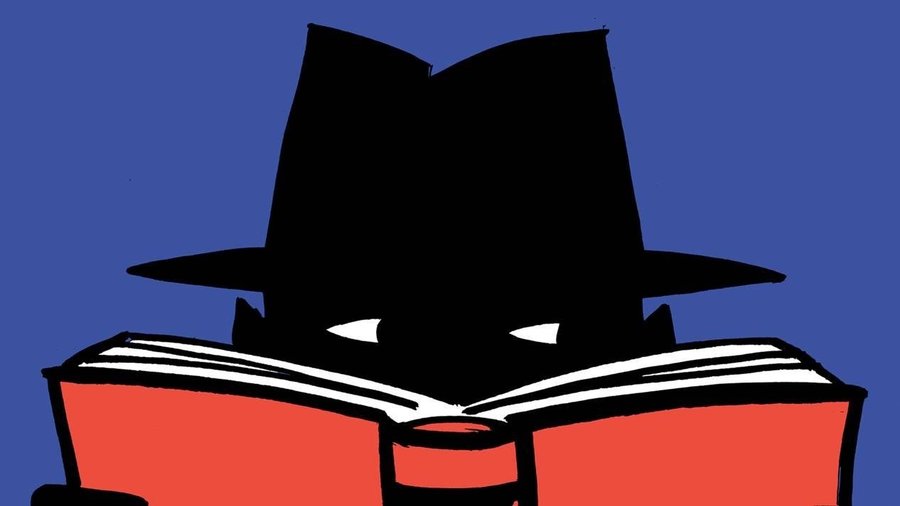Table of Contents
DAME AGATHA
Often on high-school recommended reading lists are works by renowned mystery author Agatha Christie.
| The official Agatha Christie website has a biography of Christie, summaries and descriptions of her books and characters, Christie maps, film adaptations, mystery-based games, and much more. | |
| Delicious Death at http://www.deliciousdeath.com/ has a complete list of Agatha Christie’s works, categorized by detective. Click on a title for a publishing history, plot synopsis, character descriptions, and list of movie and TV adaptations. | |
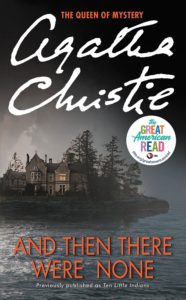
|
A good starting point for Christie readers is And Then There Were None (Harper, 2011), originally published in 1939, and said to be the best-selling murder mystery of all time. Ten strangers are invited to an isolated island off the English coast. They arrive to find an absent host, and then, one by one, they begin to die. For teenagers and adults. |
NANCY DREW AND THE HARDY BOYS
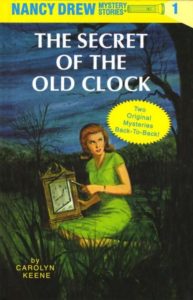
|
Nancy Drew, girl sleuth, first appeared in the 1930s, written by “Carolyn Keene,” a pseudonym for several different authors. There are now dozens of Nancy Drew titles available – updated since the 30s; Nancy no longer wears a cloche hat or drives a roadster. First of the series is The Secret of the Old Clock (Grosset and Dunlap, 2010), in which Nancy solves a mystery involving a hidden will. For ages 8 and up. |
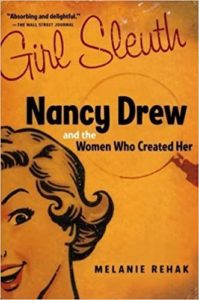
|
Melanie Rehak’s Girl Sleuth: Nancy Drew and the Women Who Created Her (Mariner Books. 2006) is a history of Nancy and her authors – beginning with publisher Edward Stratemeyer, who also created the Bobbsey Twins and the Hardy Boys. For teenagers and adults. |
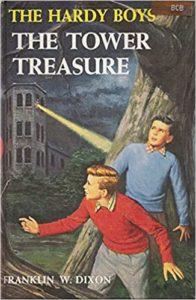
|
Also from the Stratemeyer syndicate: in the Hardy Boys series by the (pseudonymous) Franklin Dixon, first published in the 1920s, teenage brothers Frank and Joe Hardy – sons of a world-famous private detective – solve many mysteries on their own. In the first book of the (enormous) series, The Tower Treasure (Grosset & Dunlap, 1927), the boys investigate a jewel theft. |
MYSTERIES, MAGIC, AND FAIRY TALES
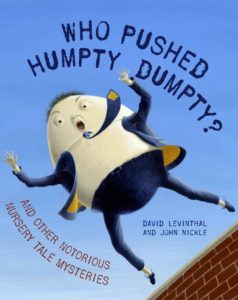
|
David Levinthal’s Who Pushed Humpty Dumpty? (Schwartz & Wade, 2012) is a hilarious picture-book retelling of five classic fairy tales from the point of view of hardboiled investigating Officer Binky, a toad in a fedora. (A survey of evidence at the Bears’ house leads him to the conclusion that “It could only be one dame: Goldilocks!”) For ages 5-9. |
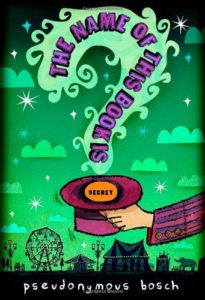
|
Pseudonymous Bosch’s The Name of This Book Is Secret! (Little, Brown Books for Young Readers, 2008) introduces 11-year-old detective duo Cassandra (who has large pointy ears and is always prepared for disaster) and Max-Ernest (aspiring stand-up comedian). Here – in company with a lot of snarky background comments from the author, which teeter between funny and annoying – the two discover the Symphony of Smells, a peculiar box filled with odoriferous vials, and clues which lead them to a secret society bent on immortality. There are four sequels: If You’re Reading This, It’s Too Late; This Book Is Not Good for You; This Isn’t What It Looks Like; and You Have to Stop This. For ages 9-12. |
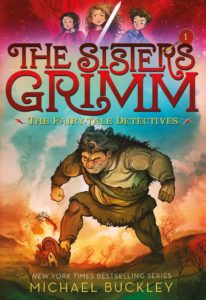
|
In Michael Buckley’s The Fairy Tale Detectives (Harry N. Abrams, 2007), first book in The Sisters Grimm Series, young Sabrina and Daphne Grimm are sent to live with their grandmother in the town of Ferryport Landing – where they discover that they are descendants of the famous Brothers Grimm, whose fairy-tale collections are not tales, but case histories. The town of Ferryport, in fact, is inhabited entirely by fairy-tale characters, known as Everafters. When their grandmother is kidnapped, the girls must rescue her, discover the culprit, and bring the rogue Everafter to justice. There are many sequels. For ages 9-12. |
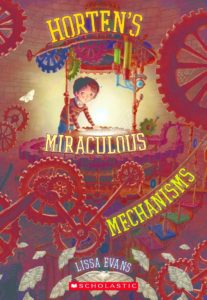
|
In Lissa Evans’s Horten’s Miraculous Mechanisms (Sterling Children’s Books, 2012), ten-year-old Stuart Horten – the very short son of very tall parents – is dismayed when the family moves back to his father’s hometown. Until, that is, he discovers the story of his Uncle Tony, a magician and inventor, who mysteriously disappeared fifty years ago, leaving behind a peculiar puzzle box. Stuart sets about solving the clues to Tony’s disappearance and makes startling discoveries about his family’s magic legacy. He’s helped in his endeavors by the persistent triplets (April, May, and June) who live next door – and runs into trouble with an unscrupulous enemy, also in pursuit of Tony’s treasures. Also see the sequel, Horten’s Incredible Illusions. For ages 9-14. |
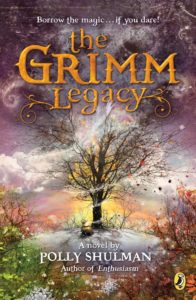
|
In Polly Shulman’s The Grimm Legacy (Puffin, 2011), teenaged Elizabeth takes a job as a page at the New York Circulating Materials Repository – a lending library of historical artifacts, including the marvelous Grimm Collection, filled with such items as mermaid combs, Seven-League boots, winged sandals, bottled genies, and a particularly nasty Magic Mirror. When items from the Collection start mysteriously disappearing, Elizabeth and friends set out to catch the thief. For ages 12 and up. |
| Sir Arthur Conan Doyle…and fairies? | |
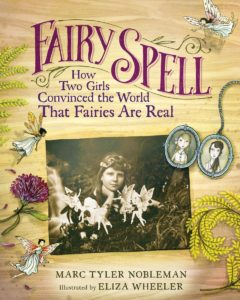
|
Marc Tyler Nobleman’s Fairy Spell: How Two Girls Convinced the World That Fairies Are Real (Clarion, 2018) is a picture-book account of the Cottingley Fairy hoax for ages 6-9. |
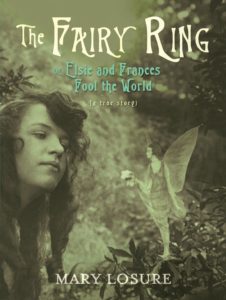
|
By Mary Losure, The Fairy Ring: Or Elsie and Frances Fool the World (Candlewick, 2012) is the story of how two young English girls – with painted paper dolls and fake photographs – managed to convince Sir Arthur Conan Doyle that fairies were real. Illustrated with period paintings and fairy photographs. (Sherlock Holmes would not have fallen for it.) For ages 10 and up. |
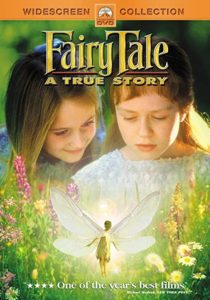
|
Fairy Tale: A True Story (1997) is a film version of Elsie and Frances’s fairy hoax. The underlying theme is the nature of belief; the story is set in the aftermath of World War I, when bereaved families flocked to clairvoyants in hopes of communicating with lost loved ones. Rated PG. |
| For reproductions of Elsie and Frances’s fairy photographs, the girls’ descriptions, and background information, see the Museum of Hoaxes’ Cottingley Fairies. |
